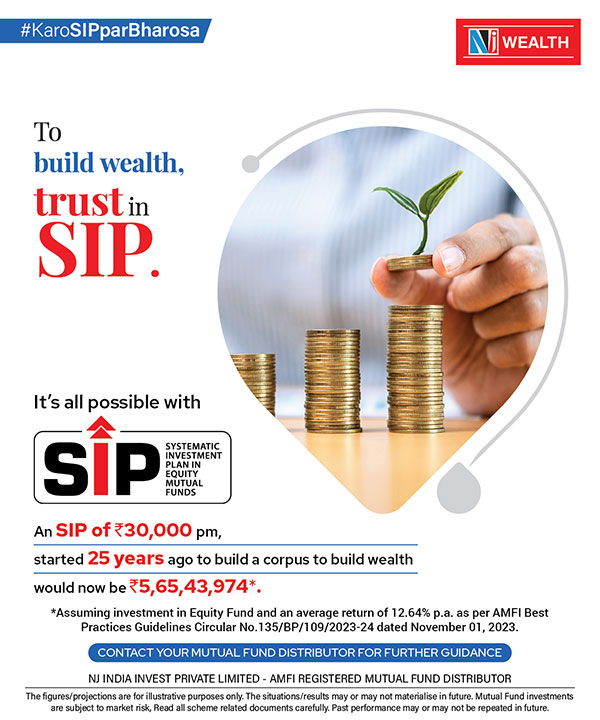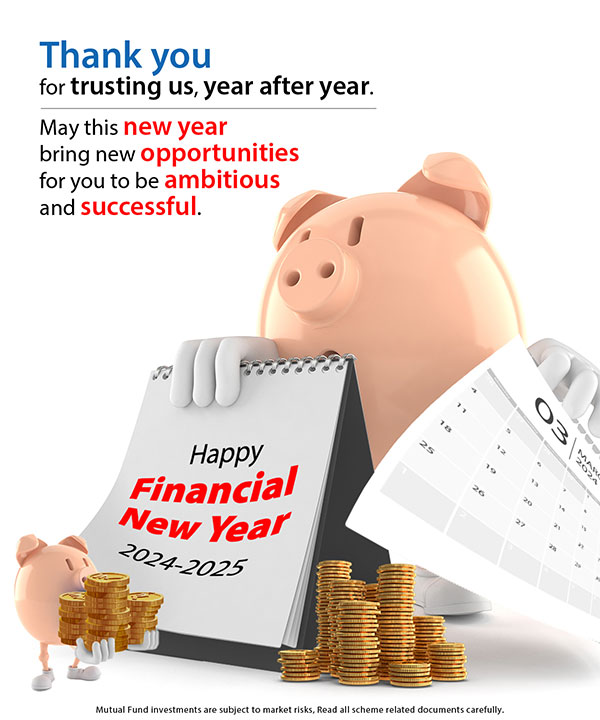
A well-diversified portfolio is the foundation of a sound investment strategy. Consider a diversified mix that includes stocks, mutual funds, fixed-income securities, real estate, and alternative investments rather than just concentrating on tax-saving options. By spreading your investments across a variety of asset classes, you can reduce risk and increase your chances of building wealth.
If your financial needs require you to take high risk and earn high return then investing in just tax saving instruments will not serve the purpose. However, ELSS is a kind of tax saving mutual fund under section 80C of the Income Tax Act, which invests predominantly in equities, hence providing investors with the dual benefit of tax saving and wealth building.







